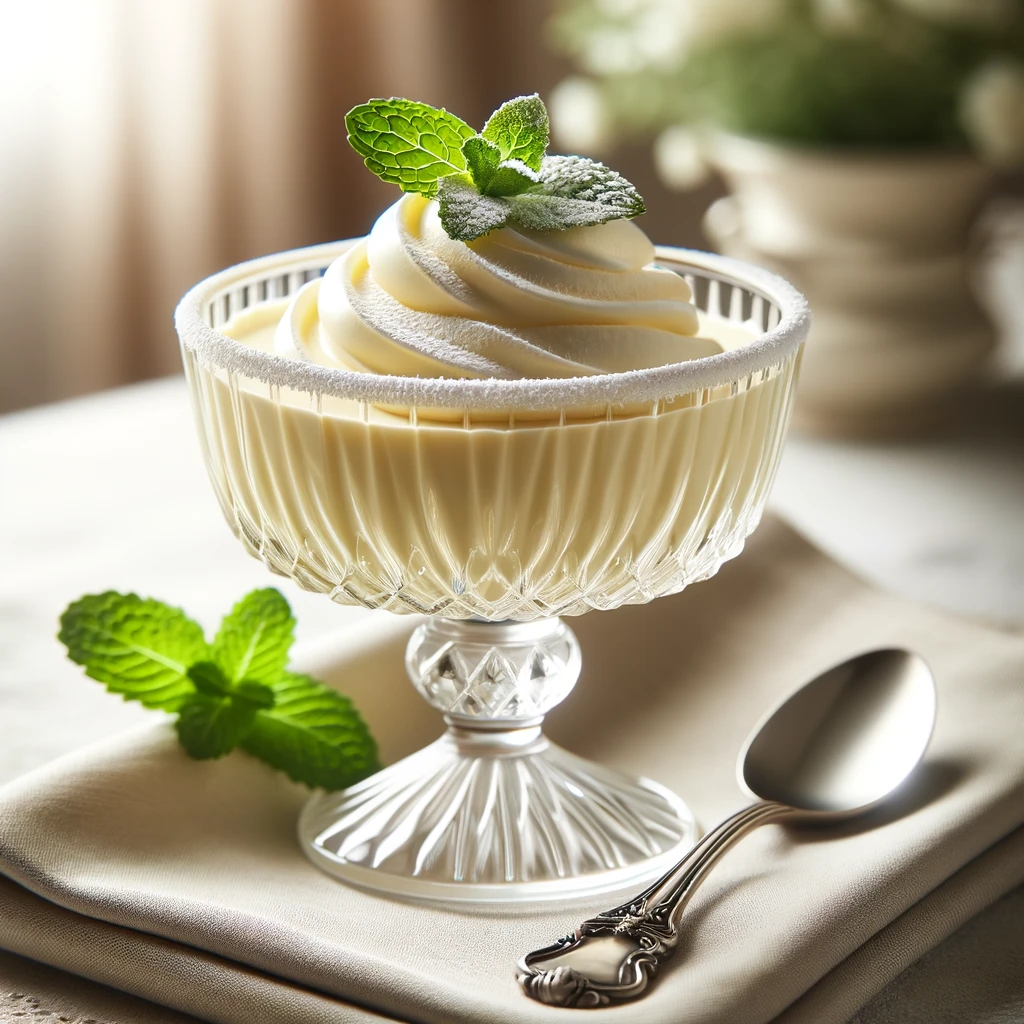
Introduction: Unraveling the mysteries of Bavarian cream, a decadent dessert beloved by many, involves delving into the intricate science behind its silky texture. In this article, we’ll explore the key ingredients that contribute to Bavarian cream’s luscious consistency and uncover the scientific principles at play.
Understanding Bavarian Cream: A Culinary Delight Bavarian cream, also known as crème Bavaroise, is a classic dessert with origins rooted in Bavaria, Germany. Renowned for its velvety smoothness and rich flavor, this indulgent treat has captured the hearts and taste buds of dessert enthusiasts worldwide.
The Role of Ingredients in Bavarian Cream’s Texture: Delving into the composition of Bavarian cream reveals a careful balance of ingredients essential for achieving its signature silkiness. Let’s break down the key components and their contributions to the final product:
1. Gelatin: The Binding Agent Gelatin serves as the backbone of Bavarian cream, providing structure and stability to the dessert. Derived from collagen, gelatin forms a network of interlocking molecules when dissolved in liquid. This network traps air bubbles and water, resulting in a light and airy texture.
2. Heavy Cream: The Creamy Base Heavy cream, with its high fat content, imparts a luxurious creaminess to Bavarian cream. When whipped, the fat globules in heavy cream create a smooth texture, further enhancing the mouthfeel of the dessert.
3. Egg Yolks: Adding Richness Egg yolks not only contribute to the richness of Bavarian cream but also act as emulsifiers, binding together the fat and water components. Additionally, the proteins in egg yolks help stabilize the mixture, preventing it from curdling during cooking.
4. Sugar: Balancing Sweetness Sugar not only sweetens Bavarian cream but also plays a crucial role in its texture. By interfering with the formation of ice crystals, sugar helps maintain the dessert’s smooth consistency, even when frozen.
5. Flavorings: Infusing Depth Vanilla extract, liqueurs, or other flavorings are often added to Bavarian cream to enhance its taste profile. These flavorings not only provide depth and complexity but also contribute to the overall sensory experience of the dessert.
The Science Behind Bavarian Cream’s Preparation: Understanding the science behind Bavarian cream’s preparation is essential for achieving optimal results. Here’s a step-by-step overview of the process:
1. Blooming the Gelatin: Before incorporating gelatin into the cream mixture, it must be “bloomed” or hydrated in cold water. This process allows the gelatin to absorb water and swell, ensuring even distribution and optimal binding properties.
2. Heating and Temperatures: When heating the cream mixture, it’s crucial to avoid boiling, as excessive heat can cause the gelatin to lose its binding properties. Instead, gently heat the mixture until the gelatin dissolves completely, then remove it from the heat to cool slightly.
3. Incorporating Ingredients: Once the cream mixture has cooled slightly, gradually whisk in the egg yolk-sugar mixture, followed by any flavorings. This step-by-step approach ensures proper emulsification and flavor distribution.
4. Chilling and Setting: After incorporating all ingredients, pour the Bavarian cream into molds or serving dishes and refrigerate until set. The gelatin will firm up as it cools, giving the dessert its characteristic texture.
Conclusion: In conclusion, Bavarian cream’s silky texture is the result of a harmonious interplay of ingredients and scientific principles. By understanding the role of gelatin, heavy cream, egg yolks, sugar, and flavorings, as well as the process of preparation, enthusiasts can master the art of creating this delectable dessert. Whether enjoyed on its own or as a component of elaborate pastries, Bavarian cream continues to captivate palates with its irresistible allure.